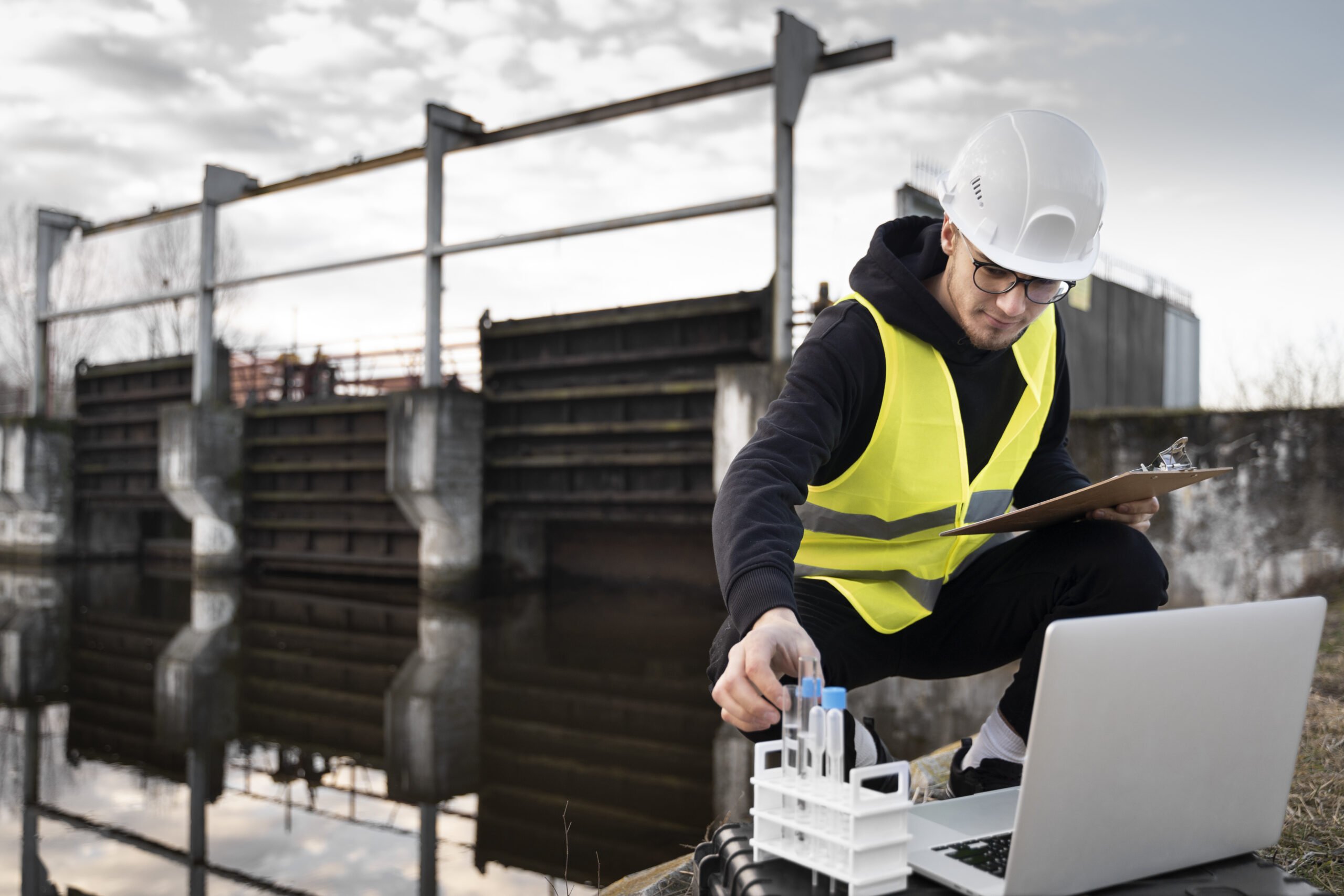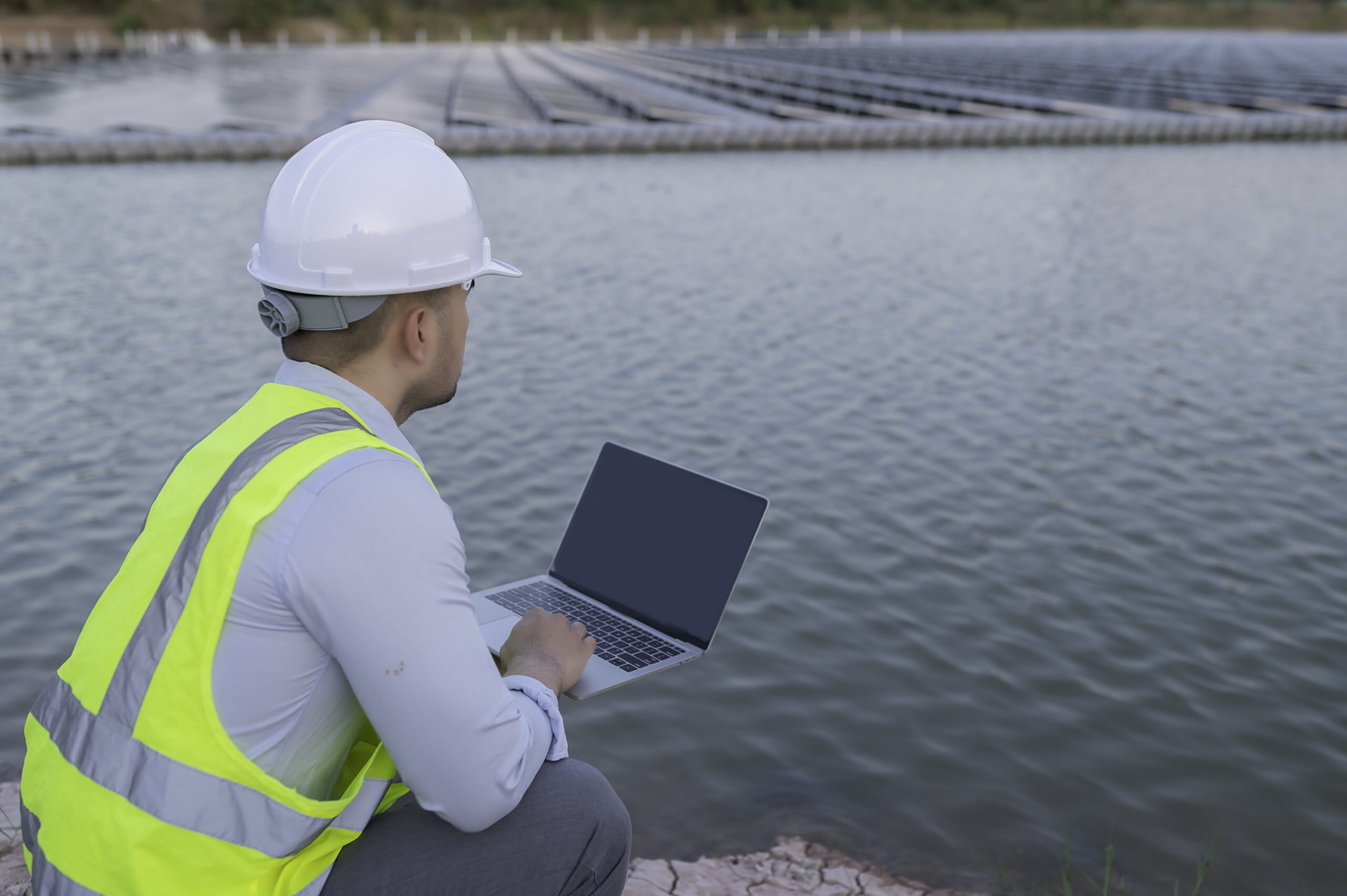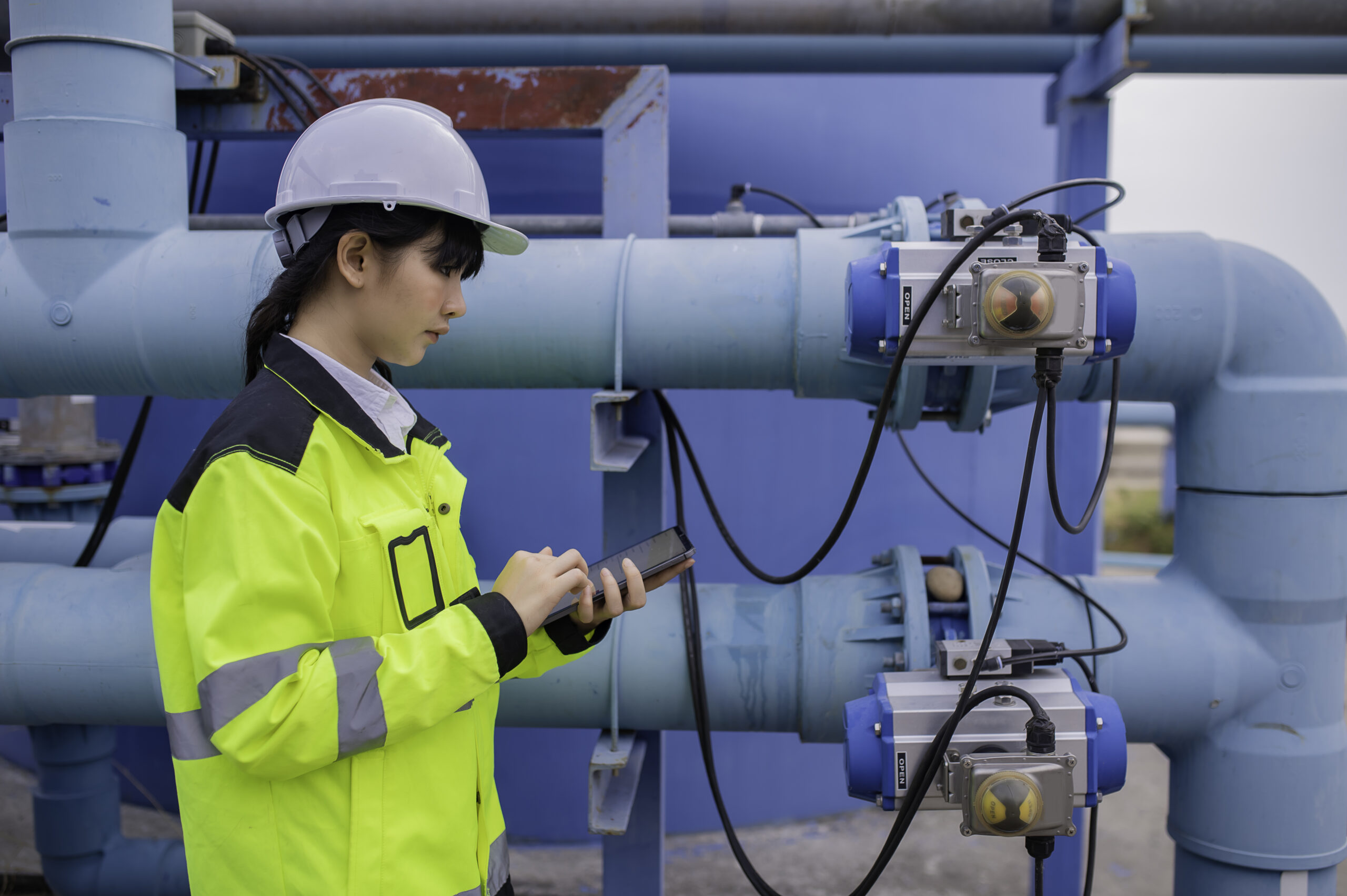
Case Studies

Optimizing Water Management with Embedded Systems Technology
Context
Operating in a sector where precision in resource management is crucial, our client faced significant challenges in managing water levels in their storage tanks – residential and commercial buildings. The manual process was inefficient, leading to water wastage, inconsistent supply, and excessive workforce usage. They needed a solution that could automate this process, reduce waste, and ensure a stable water supply.

Reframing the Problem
The challenge we faced was not merely about creating a water management system; it was about rethinking the approach to tackle the complexities of designing a system that was not only efficient and accurate but also intelligent enough to adapt to fluctuating water usage patterns. The goal was no longer just to meet the client’s requirements with the latest embedded systems technology but to innovate a solution that could reliably understand and respond to the dynamic nature of water management. This meant reevaluating our assumptions about water level control and seeking a balance between robustness and adaptability in our engineering strategy.

Our approach
Our engineered system, using the ESP32 controller, was not only designed to manage water levels effectively but also to track power and water usage comprehensively throughout the year.
A more holistic solution was implemented as below:
1. ESP32 Controller Served as the central processing unit, managing data from sensors and controlling the water pump.
2. Float Sensor Continuously monitored the water level, supplying real-time data to the controller.
3. The ESP32 controller was programmed to record not just water usage data but energy usage data as well. This capability enabled the system to gather a wealth of information about consumption patterns over extended periods.
4. Integral to our solution was a data analytics module. This module analyzed the collected data to find trends, peak usage times, and potential inefficiencies in resource use.
5. By integrating these insights into the system’s operational logic, we were able to optimize the energy used for water level management, automating the process but also making it energy efficient.

The Impact
The implementation of our solution brought about transformative changes:
1. The automated mechanism led to a significant reduction in water wastage, aligning with environmental sustainability goals.
2. The system’s ability to track and analyze both water and energy usage patterns over the year led to significant improvements in energy optimization. This intelligent use of data ensured efficient water level management and reduced the system’s energy footprint. Clients saw a noticeable decrease in energy bills due to these optimizations.
3. Operational efficiency was enhanced, minimizing the need for manual oversight. The system’s reliability ensured a consistent water supply with real-time monitoring, reducing the risk of overflows and shortages.



